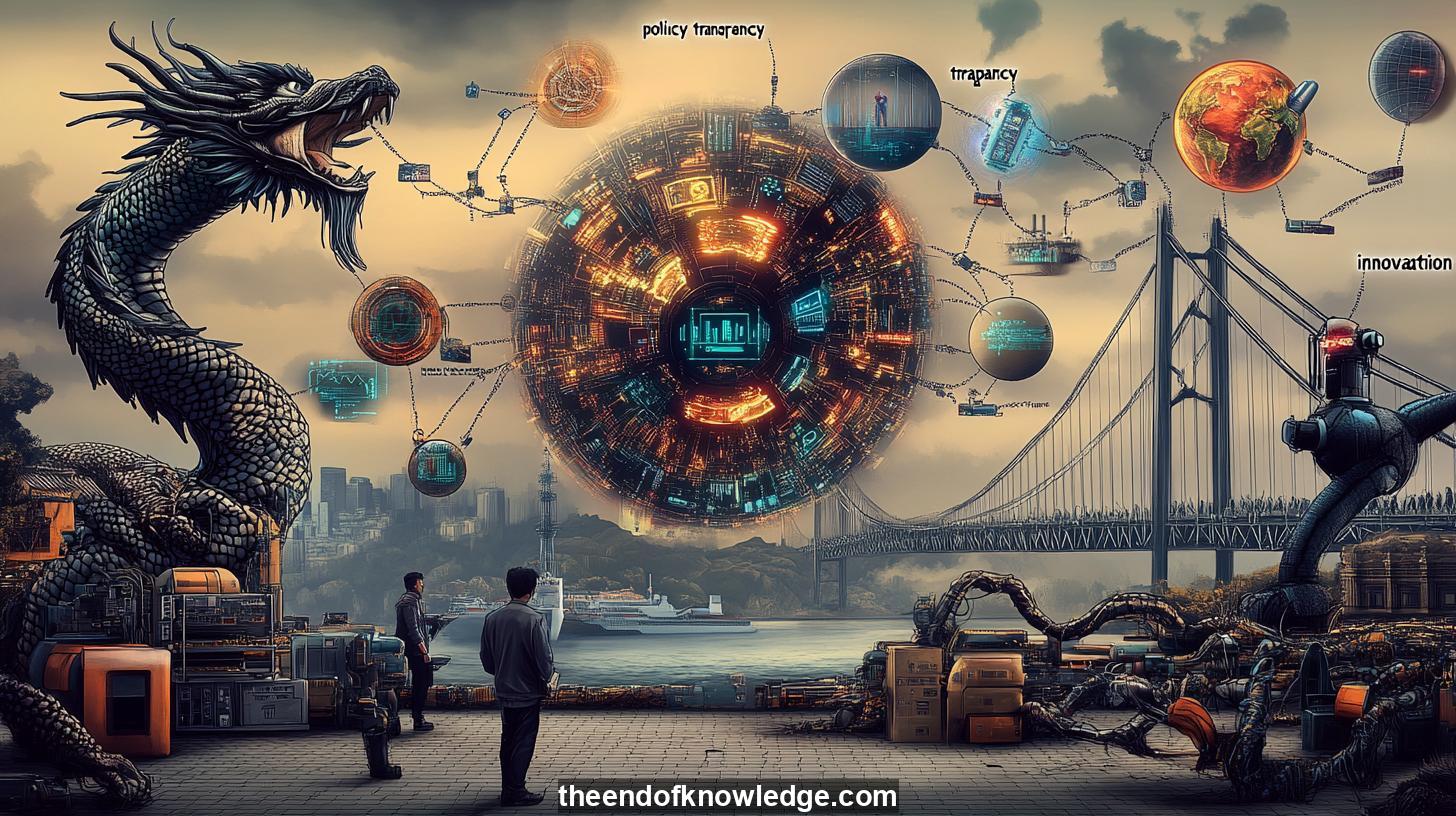 >
>
Concept Graph, Resume & KeyIdeas using DeepSeek R1 :
Resume:
The discussion revolves around the emergence of the Deep Seek R1 AI model, highlighting its impact on the AI landscape, particularly in China. Deep Seek R1 is noted for its open-source nature and significant advancements in AI technology, challenging traditional models and democratizing access to AI. The conversation explores China's strategic investments in AI, emphasizing the country's focus on innovation and its potential to lead the global AI race. Participants also discuss the competitive responses from companies like Microsoft and Meta, which are investing heavily in AI infrastructure and models to maintain their positions in the market. The geopolitical implications of AI development are a key theme, with China and the US vying for dominance. The conversation also touches on the economic and societal impacts of AI, including job displacement and the need for regulatory frameworks to manage its integration into various sectors. Europe's position in the AI race is discussed, with concerns about the region's ability to compete due to bureaucratic and financial challenges. The future of AI is portrayed as transformative, with potential applications in healthcare, education, and industry, but also raising ethical and security concerns. The discussion concludes by emphasizing the need for global cooperation to harness AI's benefits while mitigating its risks.30 Key Ideas:
1.- Deep Seek R1 is an open-source AI model gaining global attention for its advanced capabilities.
2.- China's strategic investments in AI position it as a leader in the global AI race.
3.- The model democratizes AI access, challenging traditional proprietary models.
4.- Microsoft and Meta are investing heavily in AI infrastructure to remain competitive.
5.- The AI race between China and the US reflects broader geopolitical tensions.
6.- AI could displace jobs, necessitating new social and economic policies.
7.- Europe struggles to compete in AI due to bureaucratic and financial constraints.
8.- AI's integration into healthcare and education could revolutionize these sectors.
9.- Ethical concerns about AI include privacy, security, and decision-making autonomy.
10.- Global cooperation is essential to manage AI's ethical and security implications.
11.- Deep Seek R1's success highlights the importance of open-source collaboration in AI.
12.- The model's efficiency and scalability make it a significant advancement in AI technology.
13.- AI's impact on employment requires adaptive strategies to upskill workers.
14.- Regulatory frameworks are needed to govern AI development and deployment.
15.- China's focus on AI reflects its broader strategy for technological dominance.
16.- The US is responding with increased investments in AI research and infrastructure.
17.- AI's role in national security is becoming increasingly critical.
18.- Public-private partnerships are crucial for advancing AI technologies.
19.- AI could exacerbate existing inequalities if access is not democratized.
20.- The future of AI holds promise for solving complex global challenges.
21.- AI models like Deep Seek R1 are reshaping the global tech landscape.
22.- The discussion emphasizes the need for balanced innovation and regulation.
23.- AI's potential to enhance productivity is a key driver of investment.
24.- Ethical AI development must prioritize transparency and accountability.
25.- Global collaboration can prevent the misuse of AI technologies.
26.- AI's economic impact will be profound, requiring adaptive policies.
27.- The conversation underscores the transformative potential of AI.
28.- Deep Seek R1 represents a shift towards more accessible and scalable AI solutions.
29.- AI's integration into daily life will continue to evolve rapidly.
30.- The future of AI demands a coordinated global response to its challenges.
Interviews by Plácido Doménech Espí & Guests - Knowledge Vault built byDavid Vivancos 2025